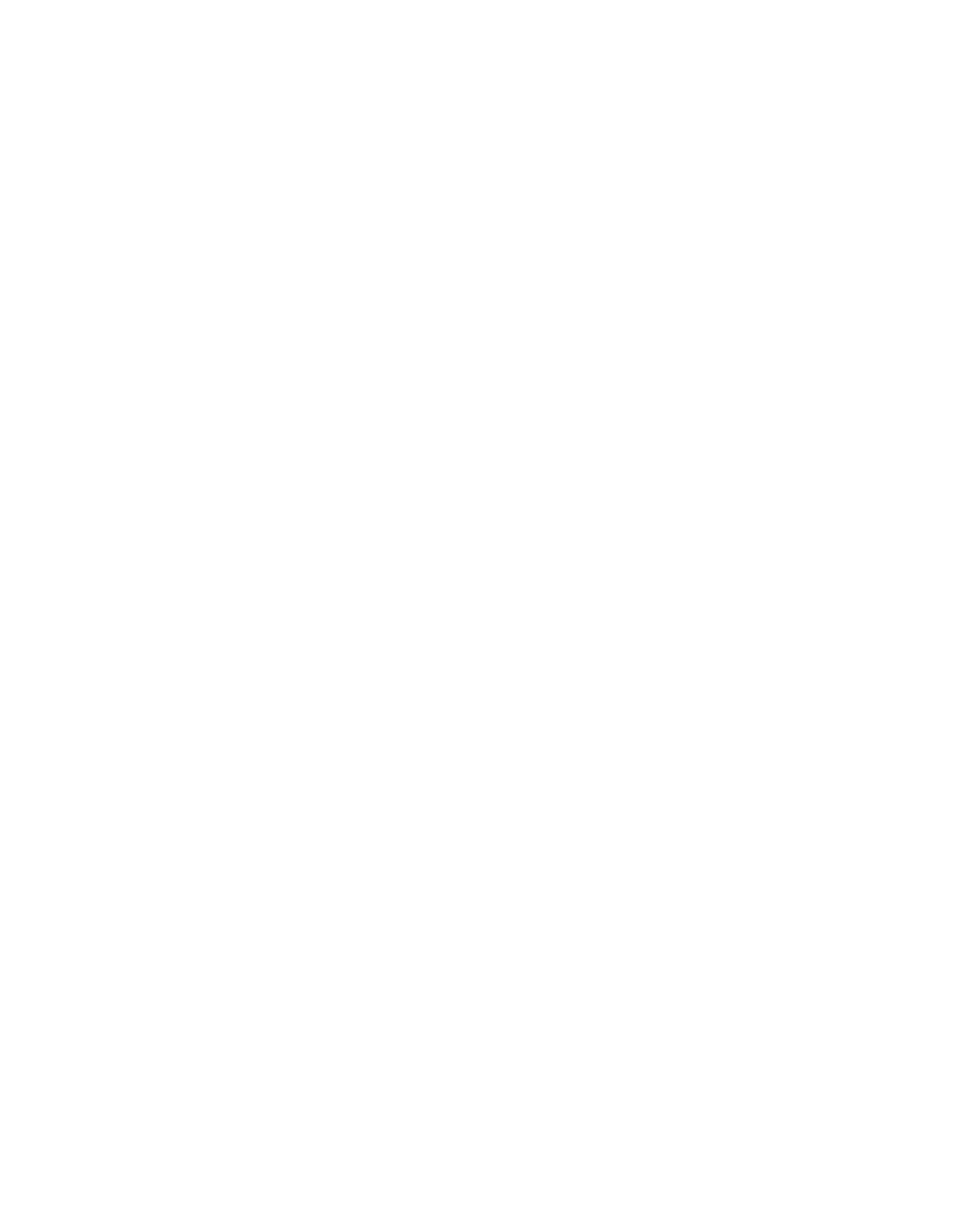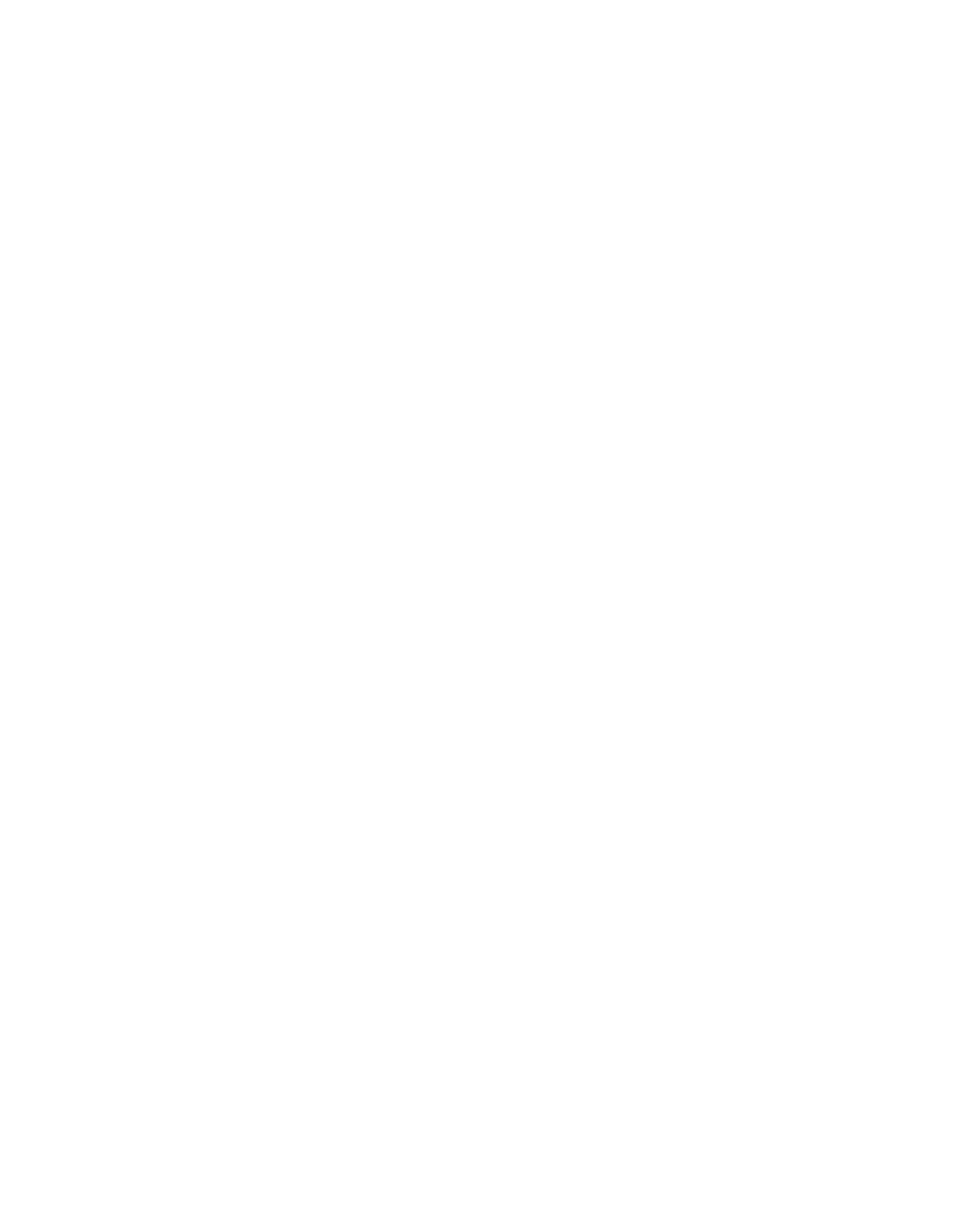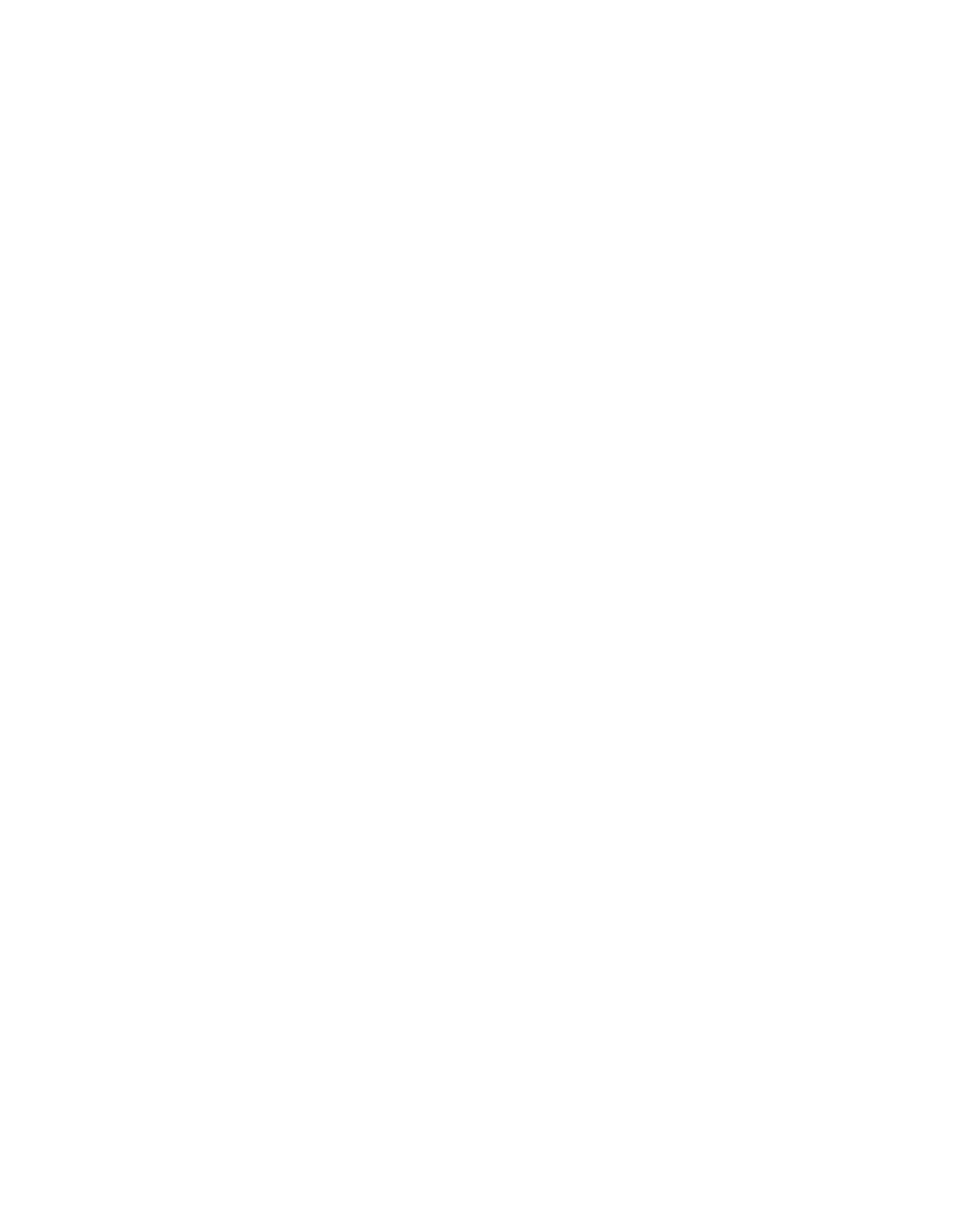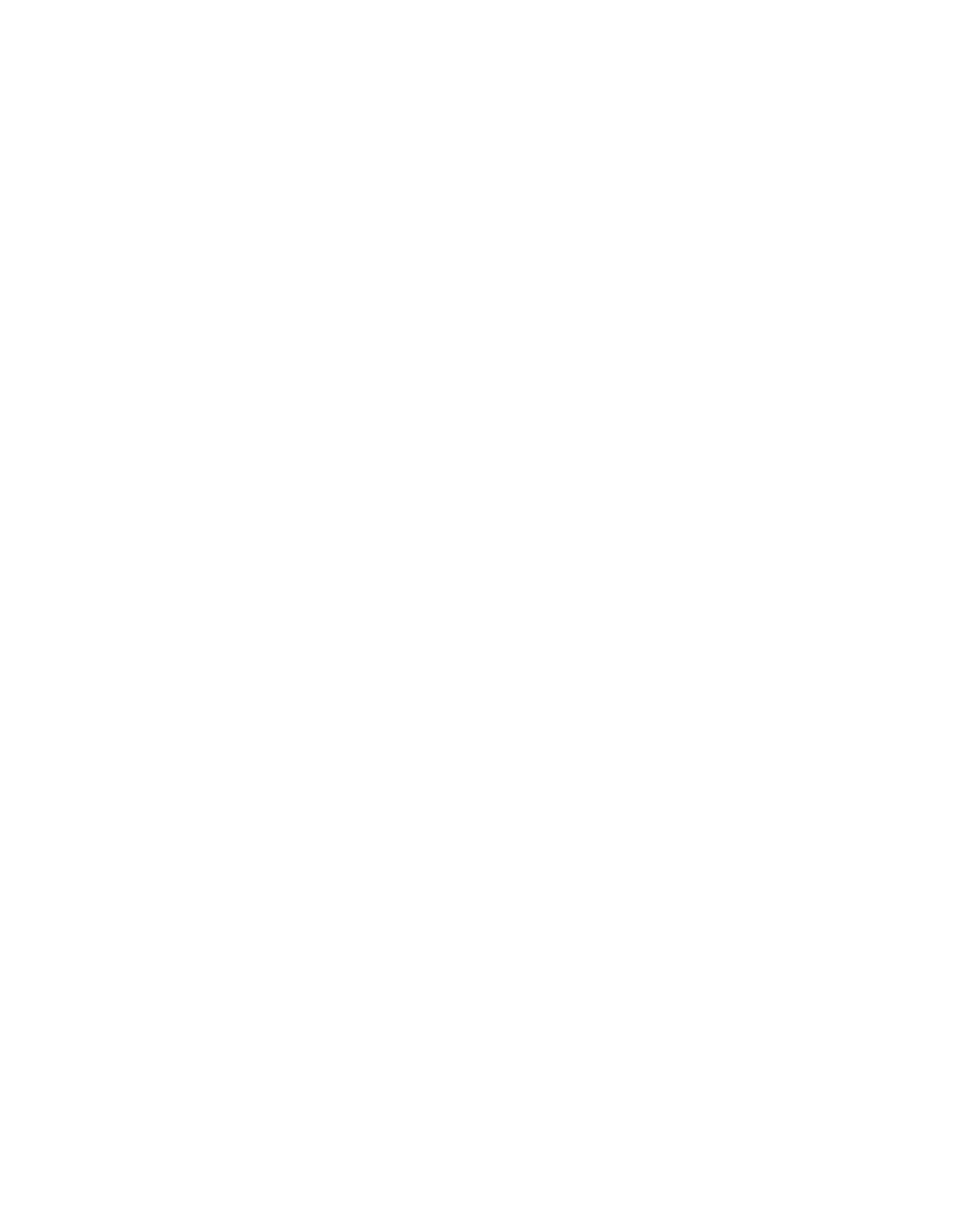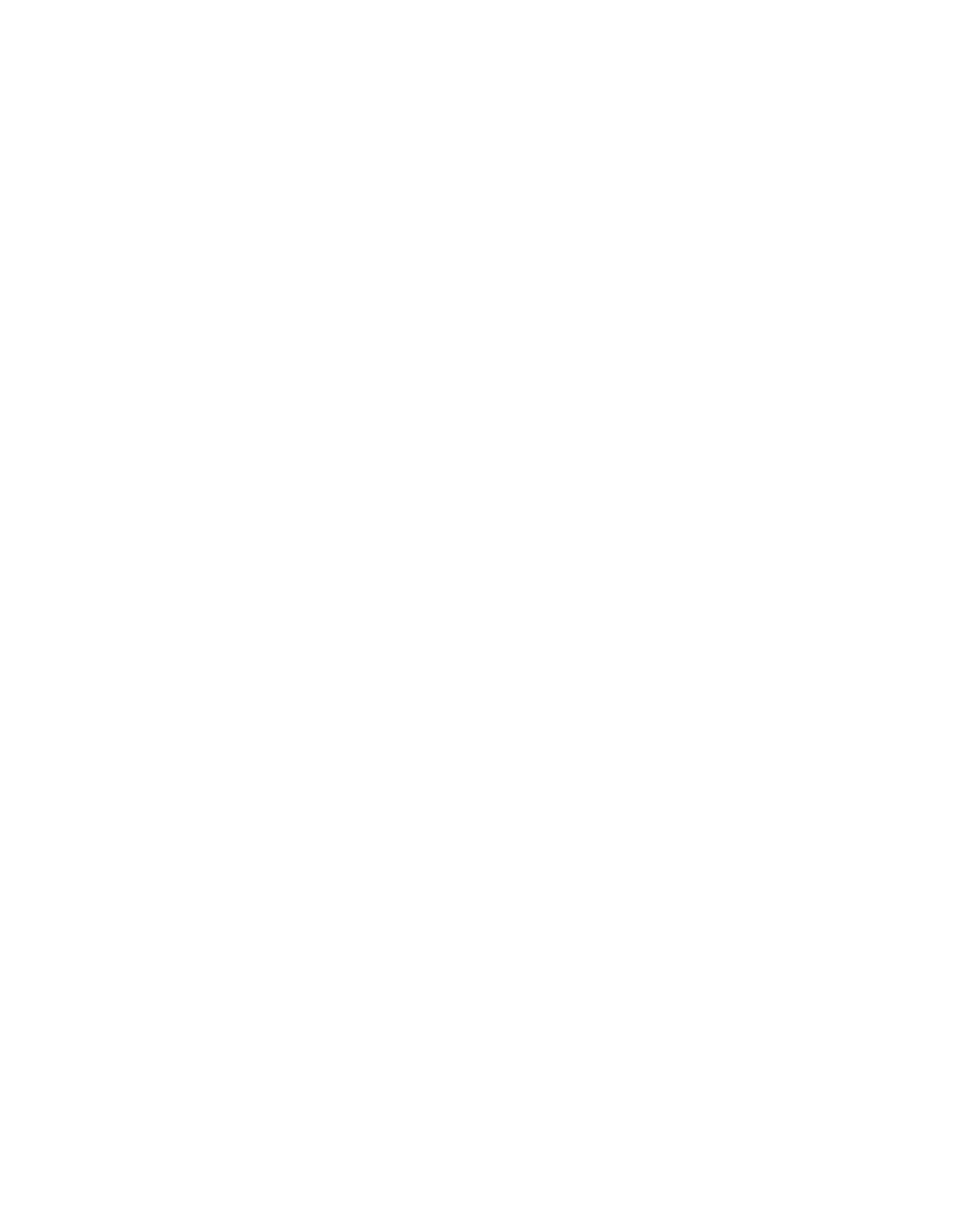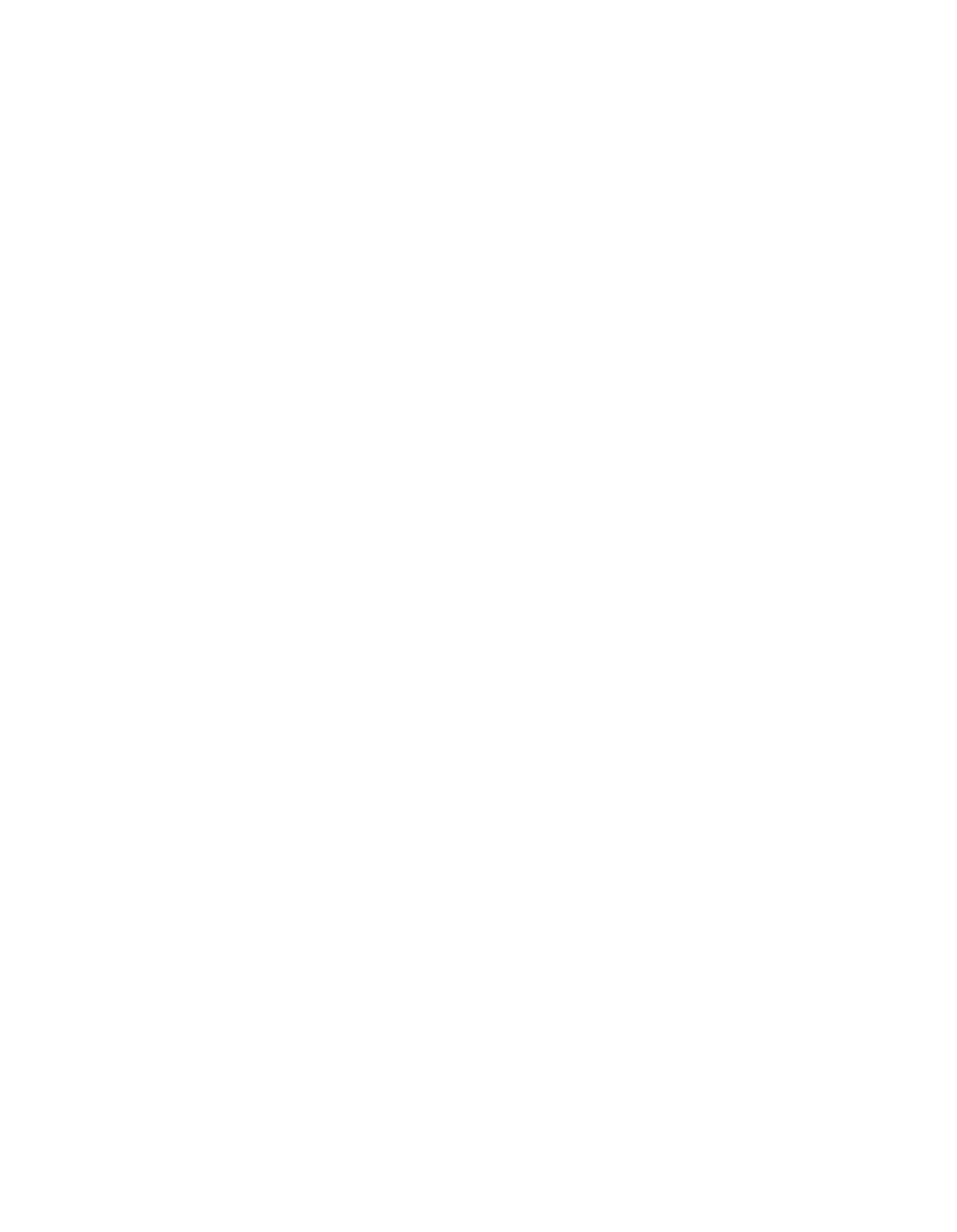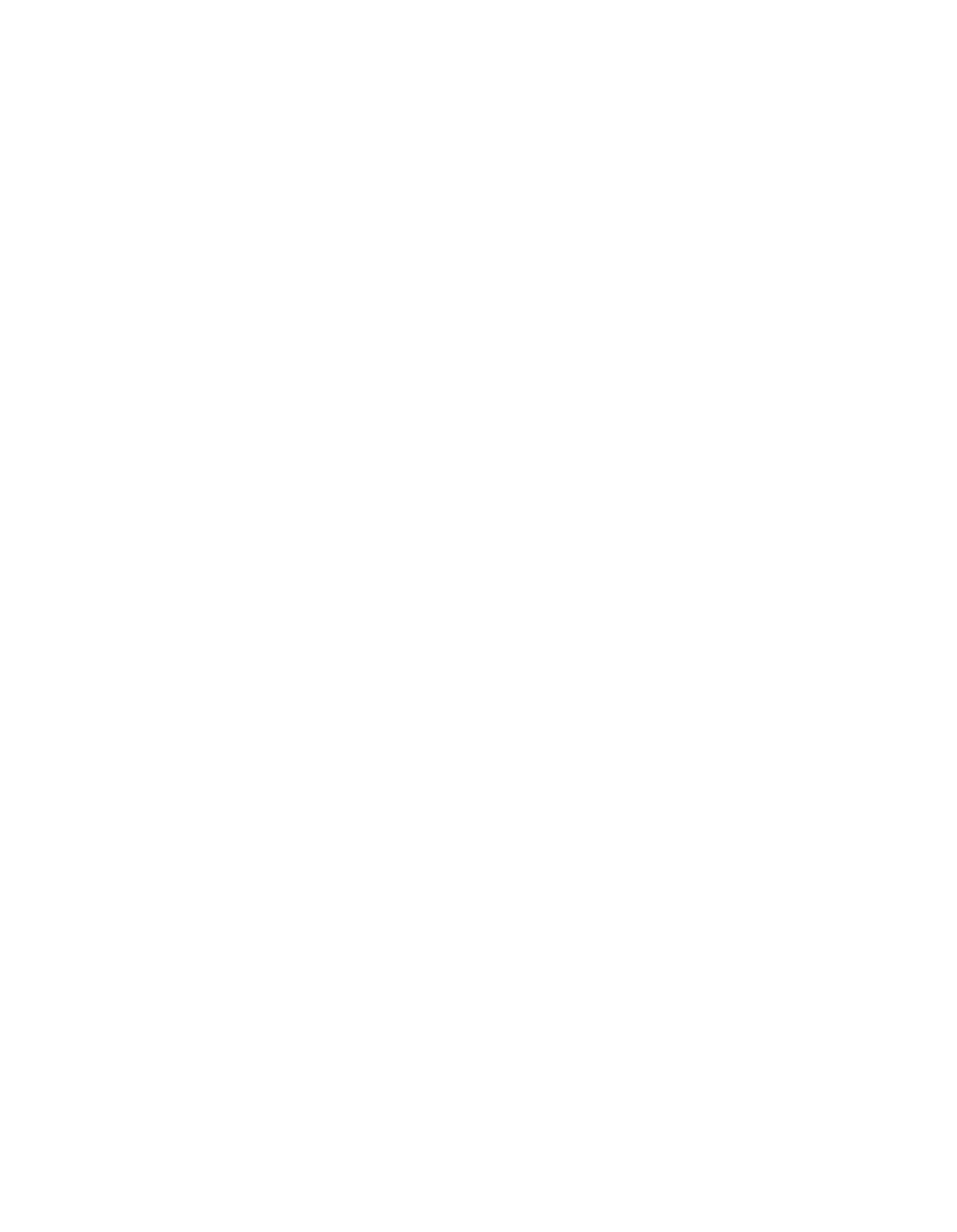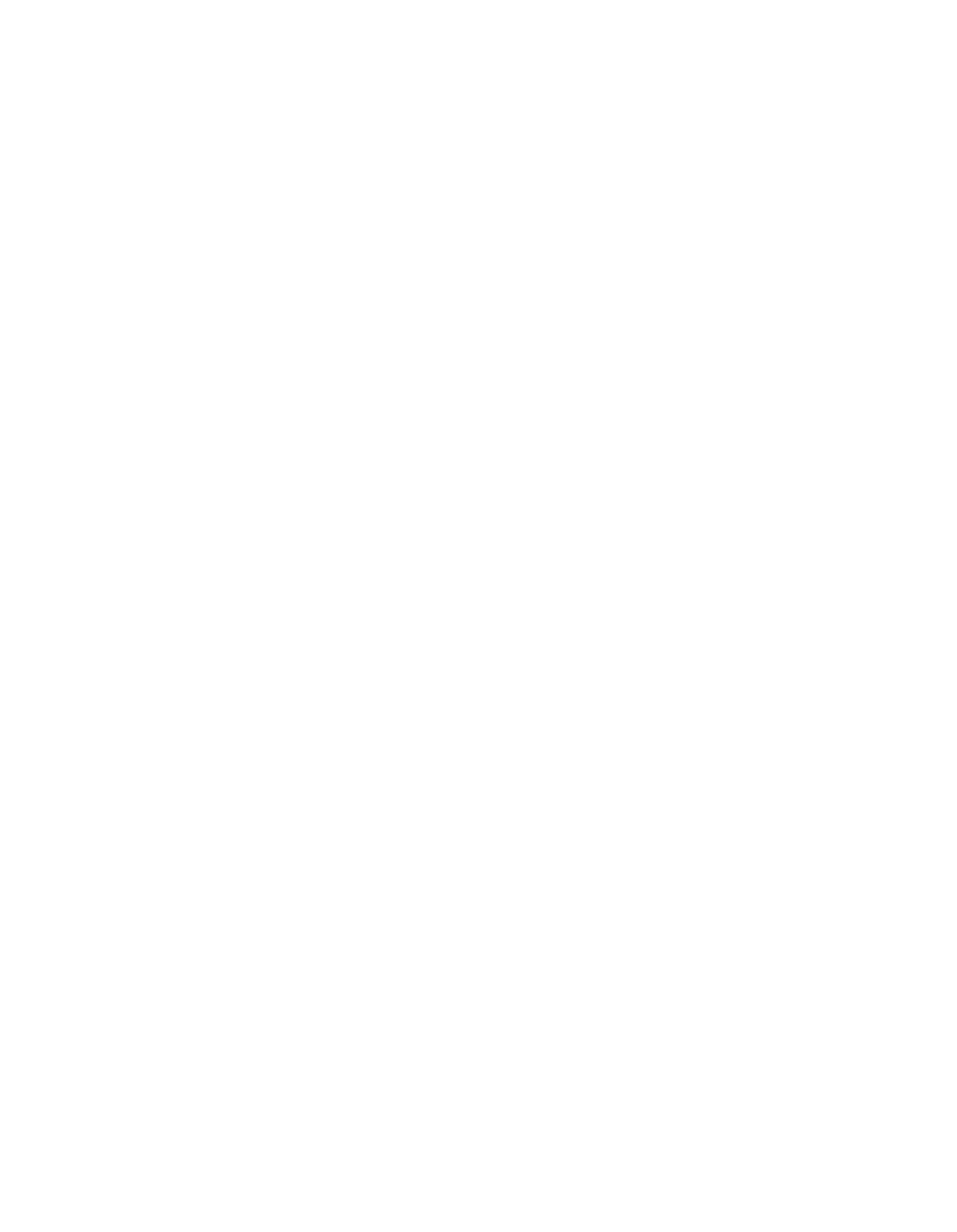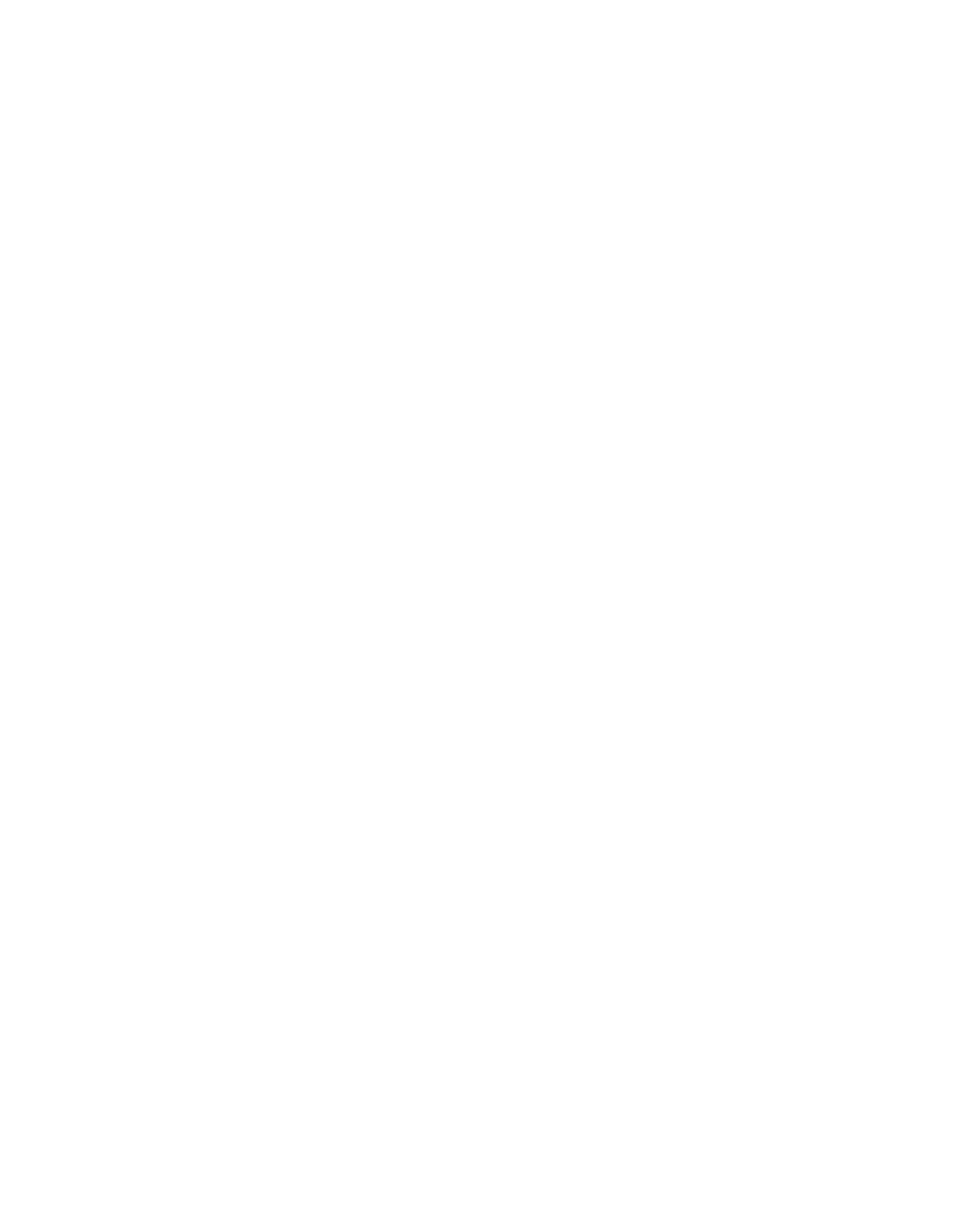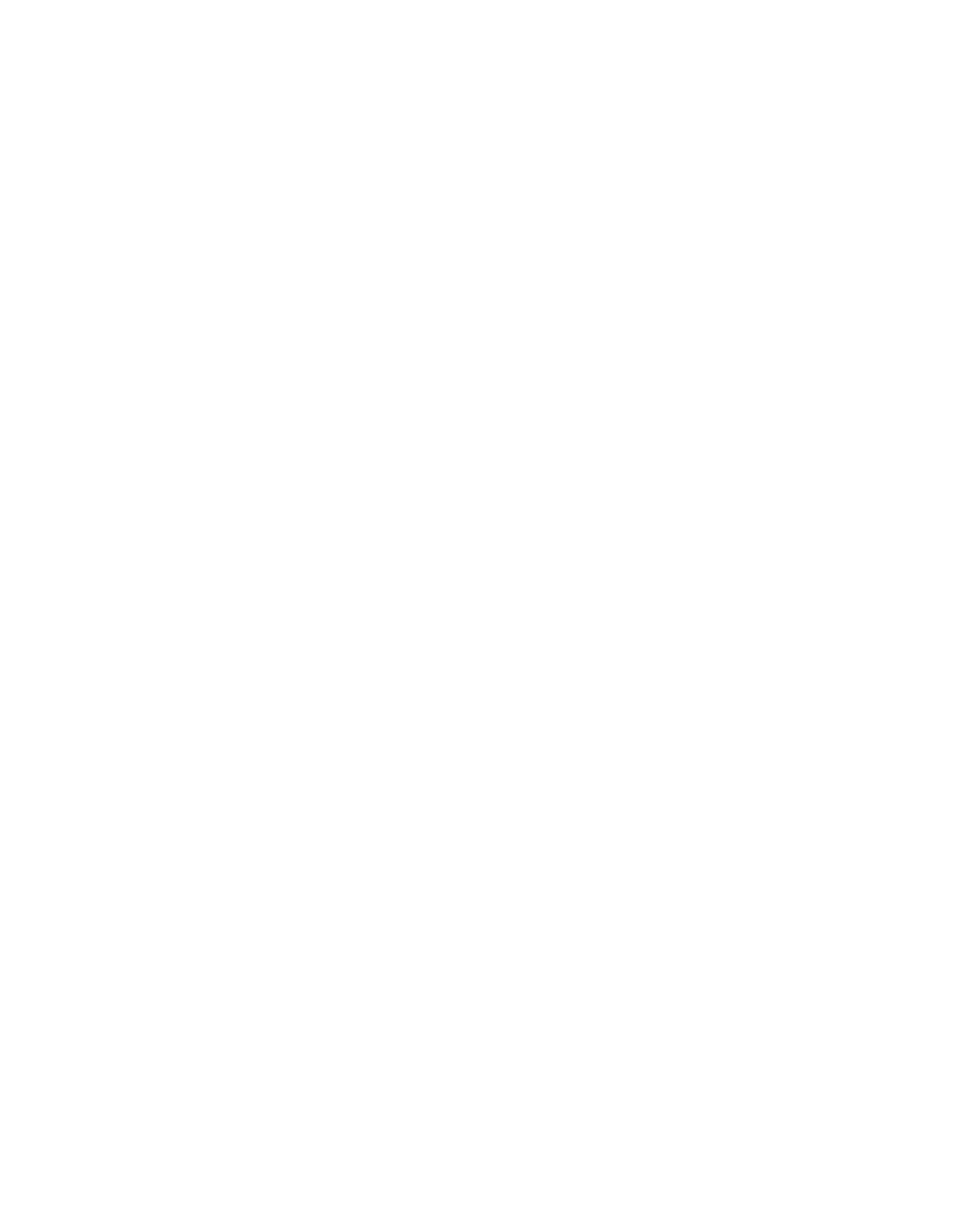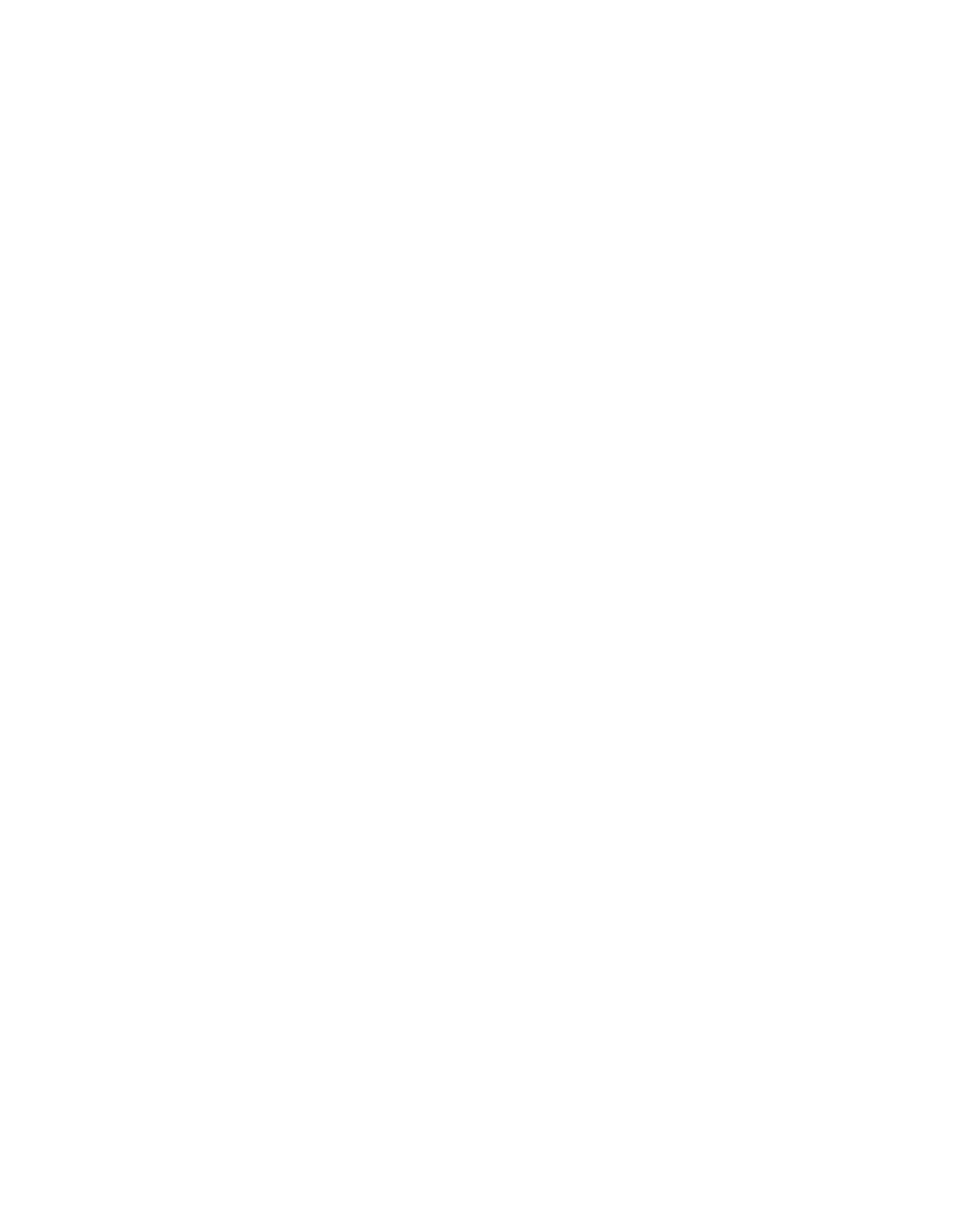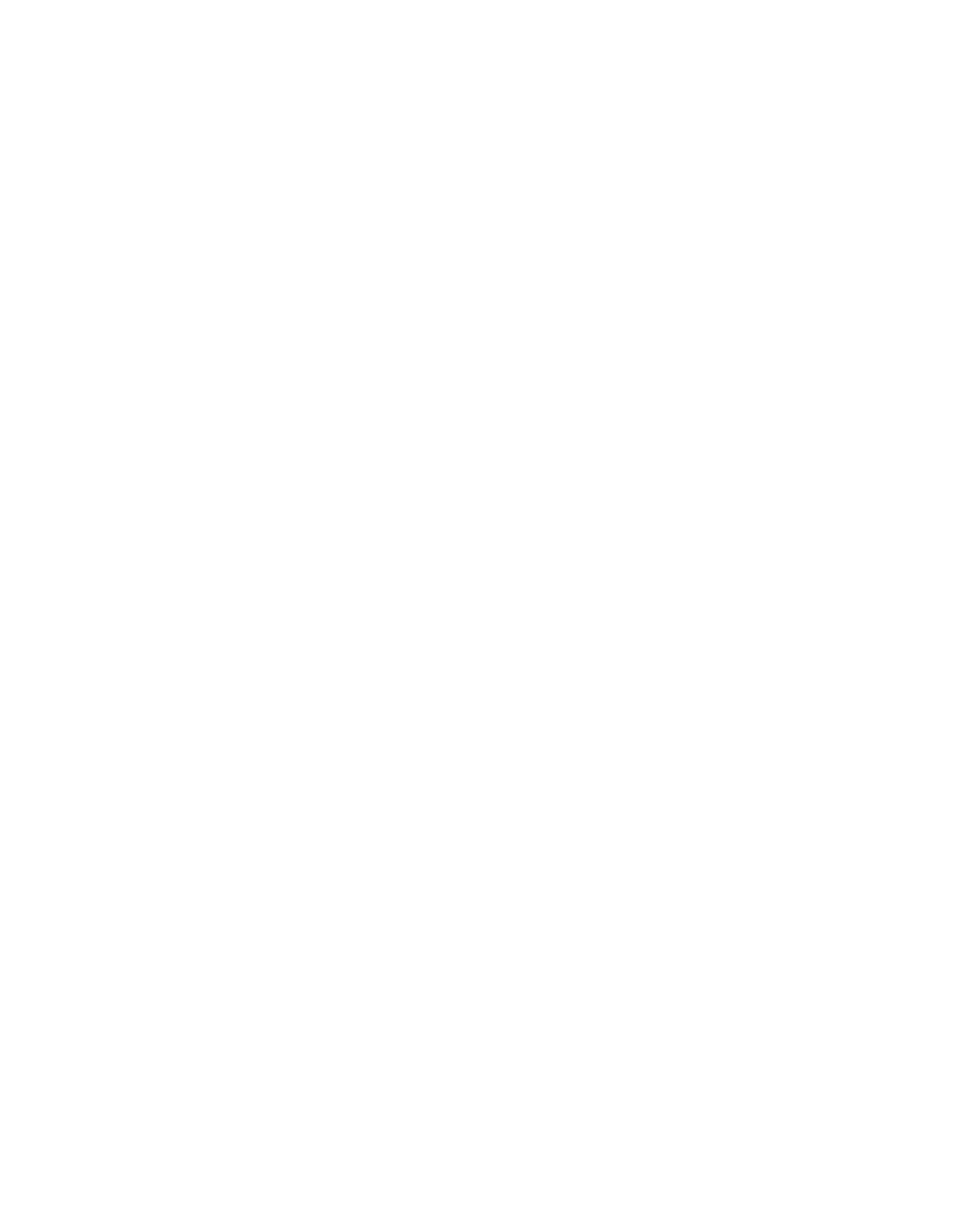ILLINOIS POLLUTION CONTROL BOARD
September 28,
1994
IN THE
MATTER
OF:
)
)
15
ROP
PLAN
CONTROL MEASURES
)
FOR VON EMISSIONS—PART II
)
R94—15
MARINE
VESSEL LOADING:
)
(Rulemaking)
AMENDMENTS
35 ILL.
ADM.
CODE
)
PARTS
211, 218
AND
219
)
ORDER OF THE BOARD
(by G.
T. Girard):
On September 23,
1994, the Board received a joint motion to
reconsider the second notice opinion and order issued on
September 15,
1994.
The joint motion was filed by the Illinois
Environmental Protection Agency (Agency)
and the Illinois
Environmental Regulatory Group
(IERG).
The motion asked that the
Board reconsider striking the phrase “barge loading facility”
from Sections 218.920(g),
218.940(g),
218.960(g),
218.980(f),
219.920(f), 219.940(f),
219.960(f)
and 219.980(e).
The motion to
reconsider is granted.
The proposal, as originally filed, suggested that “barge
loading facility” be struck from those sections and the Board
retained that change at second notice.
The Agency and IERG point
out that the Agency’s comment
(P.C.
6)
on this matter was
“ambiguous and led to confusion”; however, the intent of the
comment was that “barge loading facility” remain in the rule.
The motion explains that deletion of the phrase will affect
facilities which the Agency did not intend to become subject to
the control requirements.
(Hot.
at 2.)
The motion also points
to comments made at hearing by the Agency and to IERG’s comment
(P.C.
5)
in support of the retention of the phrase “barge loading
facility”.
(u.)
The Board will amend the second notice to show retention of
“barge loading facility”
in Sections 218.920(g),
218.940(g),
218.960(g), 218.980(f),
219.920(f),
219.940(f),
219.960(f) and
219.980(e).
The Board agrees that the record may have been
ambiguous given the testimony of IERG at the second hearing as
well as the comments filed.
The motion now makes clear the
intent of IERG and the Agency.
Therefore, the Board will proceed
to second notice with the retention of “barge loading facility”
in Sections 218.920(g), 218.940(g),
218.960(g), 218.980(f),
219.920(f),
219.940(f), 219.960(f)
and 219.980(e).
The Board hereby amends Sections 218.920(g), 218.940(g),
218.960(g), 218.980(f),
219.920(f),
219.940(f),
219.960(f)
and
219.980(e)
to read as follows:
Section 218.920
Applicability
a)
Maximum theoretical emissions:
2
1)
A source is subject to this Subpart if it contains
process emission units not regulated by Subparts
B,
E,
F (excluding Section 218.204(1)), H
(excluding Section 218.405),
Q,
R,
S,
T,
(excluding Section 218.486)
V,
X,
Y,
Z or BB of
this Part,
which as a group both:
A)
Have maximum theoretical emissions of 90.7 Mg
(100 tons) or more per calendar year of VON,
and
B)
Are
not limited to less than 90.7 Mg
(100
tons) of VON emissions per calendar year in
the absence of air pollution control
equipment, through production or capacity
limitations contained in a federally
enforceable permit or a SIP revision.
2)
If a source is subject to this Subpart as provided
above, the requirements of this Subpart shall
apply to a source’s miscellaneous fabricated
product manufacturing process emission units which
are not included within any of the categories
specified in Subparts B,
E,
F,
H,
Q,
R,
S,
T,
V,
X,
Y,
Z,
AA,
or BB of this Part.
b)
Potential to emit:
1)
A source is subject to this Subpart if it has the
potential to emit 22.7 Mg
(25 tons)
or more of VON
per year,
in aggregate, from emission units that
are:
A)
Not regulated by Subparts B,
E,
F,
H,
Q,
R,
S, T (excluding Section 218.486), V,
X,
Y,
Z,
or BB of this Part,
or
B)
Not included in any of the following
categories:
synthetic organic chemical
manufacturing industry (SOCMI) distillation,
SOCMI reactors, wood furniture, plastic parts
coating (business machines), plastic parts
coating (other), offset lithography,
industrial wastewater, autobody refinishing,
SO~NIbatch processing, volatile organic
liquid storage tanks and clean—up solvents
operations.
2)
If a source is subject to this Subpart as provided
above, the requirements of this Subpart shall
apply to a source’s miscellaneous fabricated
3
product manufacturing process emission units,
which are:
A)
Not included within any of the categories
specified in Subparts
B,
E, F,H
Q,
R,
S,
T,
V,
X,
Y,
Z, AA, BB, ~
~,
or
~
of this
Part,
or
~
B)
Not included in any of the following
categories:
synthetic organic chemical
manufacturing industry (SOCMI) distillation,
SOCMI reactors, wood furniture, plastic parts
coating
(business machines), plastic parts
coating
(other), offset lithography,
industrial wastewater, autobody refinishing,
SOCNI batch processing, volatile organic
liquid storage tanks and clean—up solvents
operations.
c)
If a source~.~ceases to fulfill the criteria of
subsections’~’(a) and/or
(b) above, the requirements of
this Subpart shall continue to apply to a miscellaneous
fabricated products manufacturing process emission unit
which was subject to the control requirements of
Section 218.926 of this Part.
d)
No limits under this Subpart shall apply to emission
units with emissions of VON to the atmosphere less than
or equal to 0.91 Mg
(1.0 ton) per calendar year if the
total emissions from such emission units not complying
with Section 218.926 of this Part does not exceed
4.5 Mg
(5.0 tons) per calendar year, provided that this
provision shall not apply to an emission unit which is
a leather coating line or operation at a source where
the criteria of Section 218.920(a)
above are not met.
e)
For
the
purposes of this Subpart, an emission unit
shall be considered regulated by a Subpart if it is
subject to the limits of that Subpart.
An emission
unit is considered not regulated by a Subpart if it is
not subject to the limits of that Subpart, e.g., the
emission unit is covered by an exemption in the Subpart
or the applicability criteria of the Subpart are not
met.
f)
For the purposes of this Subpart, VON emissions in the
absence of air pollution control equipment are the
emissions of VON which would result if no air pollution
control equipment were used.
g)
The control requirements in Subpart PP shall not apply
to sewage treatment plants; vegetable oil extraction
4
and processing; coke ovens
(including by—product
recovery plants); fuel combustion units; bakeries;
barge
1c~adin~
facilities; jet engine test cells;
~
foam insulation board
including storage and extrusion of scrap where blowing
agent is added to the polystyrene resin at the source,
but not including blending and preliminary expansion of
resin prior to molding where blowing agent is
incorporated into the polystyrene resin by the producer
of the resin; production of polystyrene foam packaging
not including blending and preliminary expansion of
resin prior to molding where blowing agent is
incorporated into the polystyrene resin by the producer
of the resin and not including storage and extrusion of
scrap where blowing agent is added to the polystyrene
resin at the source; and iron and steel production.
(Source:
Amended at 18 Ill. Reg.
,
effective
__________
__________________________
)
SUBPART
QQ:
MISCELLANEOUS FORMULATION
MANUFACTURING PROCESSES
Section 218.940
Applicability
a)
Maximum theoretical emissions:
1)
A source is subject to this Subpart if it contains
process emission units not regulated by Subparts
B,
E, F (excluding Section 218.204(1)), H
(excluding Section 218.405),
Q,
R,
S,
T
(excluding
Section 218.486), V,
X,
Y,
Z or BB of this Part,
which as
a group both:
A)
Have maximum theoretical emissions of 90.7 Mg
(100 tons)
or more per calendar year of VON,
and
B)
Are
not limited to less than 90.7 Mg (100
tons)
of VOM emissions per calendar year in
the absence of air pollution control
equipment through production or capacity
limitations contained in a federally
enforceable permit or a SIP or FIP revision.
2)
If a source is subject to this Subpart as provided
above, the requirements of this Subpart shall
apply to a source’s miscellaneous formulation
manufacturing process emission units which are not
included within any of the categories specified in
Subparts B,
E,
F,
H,
Q,
R,
S,
T,
V,
X,
Y,
Z, AA,
or BB of this Part.
5
b)
Potential to emit:
1)
A source is subject to this Subpart if it has the
potential to emit 22.7 Mg
(25 tons)
or more of VOM
per year,
in aggregate,
from emission units that
are:
A)
Not regulated by Subparts B,
E,
F,
H,
Q,
R,
S, T (excluding Section 218.486),
V,
X,
Y,
Z,
or BB of this Part, or
B)
Not included in any of the following
categories:
synthetic organic chemical
manufacturing industry
(SOCMI) distillation,
SOCMI reactors, wood furniture, plastic parts
coating
(business machines), plastic parts
coating
(other), offset lithography,
industrial wastewater, autobody refinishing,
SOCMI batch processing, volatile organic
liquid storage tanks and clean—up solvents
operations.
2)
If a source is subject to this Subpart as provided
above, the requirements of this Subpart shall
apply to a source’s miscellaneous formulation
manufacturing process emission units which are:
A)
Not included within any of the categories
specified in Subparts B,
E,
F,
H,
Q,
R,
S, T,
V1
X,
Y,
Z, AA, BB, CC, or DD of this Part,
or
B)
Not included in any of the following
categories:
synthetic organic chemical
manufacturing industry (SOCNI) distillation,
SOCMI reactors, wood furniture, plastic parts
coating
(business machines), plastic parts
coating
(other), offset lithography,
industrial wastewater, autobody refinishing,
SOCMI batch processing, volatile organic
liquid storage tanks and clean—up solvents
operations.
C)
If a source ceases to fulfill the criteria of
subsections
(a) and/or
(b)
above,
the requirements of
this Subpart shall continue to apply to a miscellaneous
formulation manufacturing process emission unit which
was subject to the control requirements of Section
218.946 of this Part.
d)
No limits under this Subpart shall apply to emission
units with emissions of VON to the atmosphere less than
6
or equal to 2.3 Mg (2.5 tons) per calendar year if the
total emissions from such emission units not complying
with this Section does not exceed 4.5 Mg
(5.0 tons) per
calendar year.
e)
For the purposes of this Subpart, an emission unit
shall be considered regulated by a Subpart if it is
subject to the limits of that Subpart.
An emission
unit is considered not regulated by a Subpart if it is
not subject to the limits of that Subpart,
e.g., the
emission unit is covered by an exemption in the Subpart
or the applicability criteria of the Subpart are not
met.
f)
For the purposes of this Subpart, VOM emissions in the
absence of air pollution control equipment are the
emissions of VON which would result if no air pollution
control equipment were used.
g)
The control requirements in Subpart QQ shall not apply
to sewage treatment plants; vegetable oil extraction
and processing; coke ovens
(including by—product
recovery plants);
fuel combustion units; bakeries;
barge
1oadtn~
~a~iUties;
jet engine test cells;
át~
“drpöIyst~rene
foam insulation board
including storage and extrusion of scrap where blowing
agent is added to the polystyrene resin at the source,
but not including blending and preliminary expansion of
resin prior to molding where blowing agent is
incorporated into the polystyrene resin by the producer
of the resin; production of polystyrene foam packaging
not including blending and preliminary expansion of
resin prior to molding where blowing agent is
incorporated into the polystyrene resin by the producer
of the resin and not including storage and extrusion of
scrap where blowing agent is added to the polystyrene
resin at the source; and iron and steel production.
(Source:
Amended at
18 Ill. Reg.
_________,
effective
__________
_________________________)
SUBPART RR:
MISCELLANEOUS ORGANIC
CHEMICAL MANUFACTURING PROCESSES
Section 218.960
Applicability
a)
Maximum theoretical emissions:
1)
A source is subject to this Subpart if it contains
process emission units not regulated by Subparts
B,
E, F (excluding Section 218.204(1)), H
(excluding Section 218.405),
Q,
R,
5,
T,
7
(excluding Section 218.486) V,
X,
Y,
Z or BB of
this Part, which as a group both:
A)
Have maximum theoretical emissions of 90.7 Mg
(100 tons)
or more per calendar year of VON,
and
B)
Are
not limited to less than 90.7 Mg
(100
tons)
of VON emissions per calendar year in
the absence of air pollution control
equipment through production or capacity
limitations contained in a federally
enforceable permit or a SIP revision.
2)
If a source is subject to this Subpart as provided
above, the requirements of this Subpart shall
apply to a source’s miscellaneous organic chemical
manufacturing process emission units which are not
included within any of the categories specified in
Subparts B,
E,
F,
H,
Q,
R,
5,
T, V,
X,
Y,
Z,
AA,
or BB of this Part.
b)
Potential to emit:
1)
A source is subject to this Subpart if
it has the
potential to emit 22.7 Mg
(25 tons) or more of VON
per year, in aggregate,
from emission units other
than VOM leaks from components that are:
A)
Not regulated by Subparts B,
E,
F,
H,
Q,
R,
5, T (excluding Section 218.486),
V,
X,
Y,
Z,
or BB of this Part,
or
B)
Not included in one of the following
categories:
synthetic organic chemical
manufacturing industry (SOCMI) distillation,
SOCNI
reactors, wood furniture, plastic parts
coating
(business machines), plastic parts
coating (other), offset lithography,
industrial wastewater, autobody refinishing,
SOCMI
batch processing, volatile organic
liquid storage tanks and clean—up solvents
operations.
2)
If a source is subject to this Subpart as provided
above, the requirements of this Subpart shall
apply to a source’s miscellaneous organic chemical
manufacturing process emission units which are:
A)
Not included within the categories specified
in Subparts B,
E,
F,
H,
Q,
R,
5,
T,
V,
X,
Y,
Z,
AA,
BB, CC, or DD of this Part, or
8
B)
Not included in any of the following
categories:
synthetic organic chemical
manufacturing industry (SOCMI) distillation,
SOCNI reactors, wood furniture, plastic parts
coating
(business
machines),
plastic
parts
coating (other), offset lithography,
industrial wastewater, autobody refinishing,
SOCMI
batch processing,
volatile organic
liquid
storage
tanks
and
clean—up
solvents
operations.
c)
If a source ceases to fulfill the criteria of
subsections
(a) and/or
(b)
above, the requirements of
this Subpart shall continue to apply to a miscellaneous
organic chemical manufacturing process emission unit
which was subject to the control requirements of
Section 218.966 of this Part.
d)
No limits under this Subpart shall apply to emission
units with emissions of VON to the atmosphere less than
or equal to 0.91 Mg (1.0 ton) per calendar year if the
total emissions from such emission units not complying
with Section 218.966 of this Part does not exceed
4.5 Mg
(5.0 tons) per calendar year.
e)
For the purposes of this Subpart, an emission unit
shall be considered regulated by a Subpart if it is
subject to the limits of that Subpart.
An emission
unit is considered not regulated by a Subpart if it is
not subject to the limits of that Subpart,
e.g., the
emission unit is covered by an exemption in the Subpart
or the applicability criteria of the Subpart are not
met.
f)
For the purposes of this Subpart, VON emissions in the
absence of air pollution control equipment are the
emissions of VOM which would result if no air pollution
control equipment were used.
g)
The control requirements in Subpart
RR
shall not apply
to sewage treatment plants; vegetable oil extraction
and processing; coke ovens
(including by-product
recovery plants
fuel combustion units; bakeries;
barge
loadft~ tactUttea;
jet engine test cells,
~~ié
foam
insulation
board~~.
including storage and extrusion of scrap where blowing
agent is added to the polystyrene resin at the source,
but not including blending and preliminary expansion of
resin prior to molding where blowing agent is
incorporated into the polystyrene resin by the producer
of the resin; production of polystyrene foam packaging
not including blending and preliminary expansion of
9
resin prior to molding where blowing agent is
incorporated
into
the
polystyrene
resin
by
the
producer
of
the
resin
and
not
including
storage
and
extrusion
of
scrap
where
blowing
agent
is
added
to
the
polystyrene
resin at the source; and iron and steel production.
(Source:
Amended at 18 Ill.
Reg.
_________,
effective
__________
____________________________)
SUBPART TT:
OTHER EMISSION UNITS
Section 218.980
Applicability
a)
Maximum
theoretical
emissions:
1)
A
source
is
subject
to
this
Subpart
if
it
contains
process emission units not regulated by Subparts
B,
E,
F (excluding Section 218.204(1)), H
(excluding
Section
218.405),
Q,
R,
S,
T
(excluding
Section 218.486), V,
X,
Y,
Z or BB of this Part,
which
as
a
group
both:
A)
Have maximum theoretical emissions of 90.7 Mg
(100
tons)
or
more
per
calendar
year
of
VON,
and
B)
Are
not
limited
to
less
than
90.7
Hg
(100
tons)
of
VON
emissions
per
calendar
year
in
the absence of air pollution control
equipment through production or capacity
limitations contained in a federally
enforceable permit or a SIP revision.
2)
If a source is subject to this Subpart as provided
above,
the
requirements
of
this
Subpart
shall
apply to a source’s VON emission units which are
not included within any of the categories
specified in Subparts B,
E,
F,
H, Q,
R,
S,
T, V,
X,
Y,
Z, AA,
BB,
PP, QQ, or RB of this Part or
which are not exempted from permitting
requirements pursuant to 35 Ill. Adm. Code
201. 146.
b)
Potential to emit:
1)
A source is subject to this Subpart if it has the
potential
to
emit
22.7
Mg
(25
tons)
or
more
of
VON
per year,
in aggregate, from emission units,
other
than furnaces at glass container manufacturing
sources and VON leaks from components,
that are:
10
A)
Not regulated by Subparts B,
E,
F,
H,
Q, R,
S,
T,
(excluding Section 218.486),
V,
X, Y,
Z, or BB of this Part, or
B)
Not included in any of the following
categories:
synthetic organic chemical
manufacturing industry (SOCMI) distillation,
SOCMI reactors, wood furniture, plastic parts
coating (business machines), plastic parts
coating (other), offset lithography,
industrial wastewater,
autobody refinishing,
SOCHI batch processing, volatile organic
liquid storage tanks and clean—up solvents
operations.
2)
If a source is subject to this Subpart as provided
above,
the
requirements
of
this
Subpart
shall
apply
to
a
source’s
VON
emission
units,
which
are:
A)
Not
included
within any of the categories
specified
in
Subparts
B,
E,
F,
H,
Q,
R,
S,
T,
V,
X,
Y,
Z,
AA,
BB,
CC,
DD,
PP,
QQ
or
RB
of
this
Part,
or
which
are
not
exempted
from
permitting
requirements
pursuant
to
35
Ill.
Adm.
Code
201.146
(excluding
Section
201.146(o)
and
(p)),
or
B)
Not
included
in
any
of
the
following
categories:
synthetic
organic
chemical
manufacturing
industry
(SOCMI)
distillation,
SOCHI
reactors,
wood
furniture, plastic parts
coating
(business
machines),
plastic
parts
coating
(other),
offset
lithography,
industrial
wastewater,
autobody
refinishing,
SOCHI
batch
processing,
volatile organic
liquid storage tanks and clean—up solvents
operations.
c)
If
a
source
ceases
to
fulfill
the
criteria
of
subsections
(a)
and/or (b)above, the requirements of
this Subpart shall continue to apply to an emission
unit which was subject to the control requirements of
Section
218.986
of
this
Part.
d)
No limits under this Subpart shall apply to emission
units with emissions of VON to the atmosphere less than
or equal to 2.3 Mg
(2.5 tons)
per calendar year if the
total emissions from such emission units not complying
with Section 218.986 of this Part does not exceed
4.5 Mg (5.0 tons) per calendar year.
11
e)
For
the
purposes
of
this
Subpart,
an
emission
unit
shall
be
considered
regulated
by
a
Subpart
if
it
is
subject
to
the
limits
of
that
Subpart.
An
emission
unit is considered not regulated by a Subpart if it is
not subject to the limits of that Subpart, e.g., the
emission unit is covered by an exemption in the Subpart
or
the
applicability
criteria
of
the
Subpart
are
not
met.
f)
The control requirements in Subpart TT shall not apply
to sewage treatment plants; vegetable oil extraction
and processing; coke ovens
(including by—product
recovery plants);
fuel combustion units; bakeries;
barge
~oa8ir~g
~a~i1tti~es~
jet
engine
test
cells,
W~W~*.W~f
~
foam
insulation
board
including
storage
and
extrusion
of
scrap
where blowing
agent is added to the polystyrene resin at the source,
but not including blending and preliminary expansion of
resin prior to molding where blowing agent is
incorporated into the polystyrene resin by the producer
of the resin; production of polystyrene foam packaging
not including blending and preliminary expansion of
resin prior to molding where blowing agent is
incorporated into the polystyrene resin by the producer
of
the
resin,
and
not
including
storage
and
extrusion
of scrap where blowing agent is added to the
polystyrene
resin
at
the
source;
iron
and
steel
production;
and
furnaces
at
glass
container
manufacturing
sources.
(Source:
Amended
at
18
Ill.
Reg.
_________,
effective
__________
__________________________)
Section 219.920
Applicability
a)
The
requirements
of
this
Subpart
shall
apply
to
a
source’s miscellaneous fabricated product manufacturing
process emission units which are not included within
any of the categories specified in Subparts B,
E,
F,
H,
Q,
R,
S,
T,
V,
X,
Y,
Z or BB if the source is subject
to this Subpart.
A source is subject to this Subpart
if it contains process emission units, not regulated by
Subparts B,
E,
F
(excluding Section 219.204(1)
of this
Part),
H (excluding Section 219.405 of this Part),
Q,
R,
S,
T,
(excluding
Section
219.486
of
this
Part),
V,
X,
Y,
Z or BB of this Part; which as a group both:
1)
Have maximum theoretical emissions of 91 Mg
(100
tons)
or more per calendar year of VON if no air
pollution
control
equipment
were
used,
and
12
2)
Are not limited to less than 91 Mg
(100 tons)
of
VOM emissions per calendar year in the absence of
air pollution control equipment, through
production or capacity limitations contained in a
federally enforceable permit or a SIP revision.
b)
If a source ceases to fulfill the criteria of
subsection
(a)
above, the requirements of this Subpart
shall continue to apply to a miscellaneous fabricated
products manufacturing process emission unit which was
ever subject to the control requirements of Section
219.926 of this Part.
c)
No limits under this Subpart shall apply to emission
units with emissions of VON to the atmosphere less than
or equal to 0.91 Mg
(1.0 ton) per calendar year if the
total emissions from such emission units not complying
with Section 219.926 of this Part does not exceed
4.5/Hg
(5.0 tons) per calendar year.
d)
For the purposes of this Subpart, an emission unit
shall be considered regulated by a Subpart if it is
subject to the limits of that Subpart.
An emission
unit is not considered regulated by a Subpart if it is
not
subject
to
the
limits
of
that
Subpart,
e.g.,
the
emission unit is covered by an exemption in the Subpart
or the applicability criteria of the Subpart are not
met.
e)
For
the
purposes
of
this
Subpart,
uncontrolled
VON
emissions
are
the
emissions
of
VON
which
would
result
if
no
air
pollution
control
equipment
were
used.
f)
The control requirements in Subpart PP shall not apply
to sewage treatment plants; vegetable oil extraction
and processing; coke ovens
(including by—product
recovery plants); fuel combustion units; bakeries;
barge
~4ix~g
ctbies~
jet engine test cells,
P
~
~?y~’?rie foam insulation board
including storage and extrusion of scrap where blowing
agent is added to the polystyrene resin at the source,
but
not
including
blending
and
preliminary
expansion
of
resin
prior
to
molding
where
blowing
agent
is
incorporated into the polystyrene resin by the producer
of the resin; production of polystyrene foam packaging
not including blending and preliminary expansion of
resin prior to molding where blowing agent is
incorporated
into
the
polystyrene
resin
by
the
producer
of the resin and not including storage and extrusion of
scrap where blowing agent is added to the polystyrene
resin at the source; and iron and steel production.
13
(Source:
Amended at 18
Ill.
Reg.
_________,
effective
__________
__________________________)
SUBPART
QQ:
MISCELLANEOUS
FORMULATION
MANUFACTURING
PROCESSES
Section 219.940
Applicability
a)
The
requirements
of
this
Subpart
shall
apply
to
a
source’s miscellaneous formulation manufacturing
process emission units, which are not included within
any of the categories specified in Subparts B,
E,
F,
H,
Q,
R,
S,
P,
V,
X,
Y,
Z
or
BB
of
this
Part
if
the
source
is
subject
to
this
Subpart.
A
source
is
subject
to
this Subpart if it contains process emission units, not
regulated by Subparts B,
E, F (excluding Section
219.204(1)
of this Part),
H (excluding Section 219.405
of
this
Part),
Q,
R,
5,
T
(excluding
Section
219.486
of
this
Part),
V,
X,
Y,
Z
or
BB
of
this
Part;
which
as
a
group
both:
1)
Have
maximum
theoretical
emissions
of
91
Mg
(100
tons)
or more per calendar year of VON if no air
pollution
control
equipment
were
used,
and
2)
Are not limited to less than 91 Mg
(100 tons)
of
VON emissions per calendar year in the absence of
air pollution control equipment, through
production
or
capacity
limitations
contained
in
a
federally
enforceable
permit
or
a
SIP
revision.
b)
If
a
source
ceases
to
fulfill
the
criteria
of
subsection
(a)
of
this
Section,
the
requirements
of
this Subpart shall continue to apply to
a miscellaneous
formulation manufacturing process emission unit which
was ever subject to the control requirements of Section
219.946 of this Part.
C)
No limits under this Subpart shall apply to emission
units with emissions of VON to the atmosphere less than
or equal to 2.3 Mg (2.5 tons) per calendar year if the
total emissions from such emission units not complying
with
this
Section
does
not
exceed
4.5
Mg
(5.0
tons)
per
calendar
year.
d)
For the purposes of this Subpart, an emission unit
shall be considered regulated by a Subpart if it is
subject to the limits of that Subpart.
An emission
unit is not considered regulated by a Subpart if
it is
not subject to the limits of that Subpart, e.g., the
emission
unit
is
covered
by
an
exemption
in
the
Subpart
or
the
applicability
criteria
of
the
Subpart
are
not
met.
14
e)
For
the
purposes
of
this
Subpart,
uncontrolled
VON
emissions are the emissions of VON which would result
if no air pollution control equipment were used.
f)
The control requirements in Subpart
QQ
shall not apply
to
sewage
treatment
plants;
vegetable
oil
extraction
and
processing;
coke
ovens
(including
by—product
~nts);
fuel combustion units; bakeries;
barge
loading facilities; jet engine test cells;
pi~odüc?ionof
I~ene
foam insulation board
including storage and extrusion of scrap where blowing
agent is added to the polystyrene resin at the source,
but not including blending and preliminary expansion of
resin prior to molding where blowing agent
is
incorporated into the polystyrene resin by the producer
of the resin; production of polystyrene foam packaging
not including blending and preliminary expansion of
resin prior to molding where blowing agent
is
incorporated into the polystyrene resin by the producer
of the resin and not including storage and extrusion of
scrap where blowing agent is added to the polystyrene
resin at the source; and iron and steel production.
(Source:
Amended at 18 Ill. Reg.
__________,
effective
SUBPART RB:
MISCELLANEOUS ORGANIC CHEMICAL
MANUFACTURING
PROCESSES
Section 219.960
Applicability
a)
The
requirements
of
this
Subpart
shall
apply
to
a
source’s
miscellaneous
organic
chemical
manufacturing
process emission units which are not included within
any
of
the
categories
specified
in
Subparts
B,
E,
F,
H,
Q,
R,
5,
T,
V1
X,
Y,
Z
or
BB
of
this
Part,
if
the
source
is
subject
to
this
Subpart.
A
source
is
subject
to this Subpart if it contains process emission units,
not regulated by Subparts B,
E,
F
(excluding Section
219.204(1)
of this Part),
H (excluding Section 219.405
of this Part),
Q,
R,
5,
T
(excluding
Section 219.486 of
this Part)
V,
X,
1,
Z or BB of this Part; which as a
group
both:
1)
Have maximum theoretical emissions of 91 Mg (100
tons)
or more per calendar year of VON if no air
pollution
control
equipment
were
used,
and
2)
Are
not
limited
to
less
than
91
Mg
(100
tons)
of
VON
emissions
per
calendar
year
in
the
absence
of
air
pollution
control
equipment,
through
15
production or capacity limitations contained in a
federally enforceable permit or a SIP revision.
b)
If a source ceases to fulfill the criteria of
Subsection
(a) of this Section, the requirements of
this Subpart shall continue to apply to a miscellaneous
organic chemical manufacturing process emission unit
which was ever subject to the control requirements of
Section 219.966 of this Part.
C)
No limits under this Subpart shall apply to emission
units with emissions of VON to the atmosphere less than
or equal to 0.91 Mg (1.0 ton) per calendar year if the
total emissions from such emission units not complying
with Section 219.966 of this Part does not exceed
4.5 Mg
(5.0 tons) per calendar year.
d)
For the purposes of this Subpart, an emission unit
shall be considered regulated by a Subpart if it is
subject to the limits of that Subpart.
An emission
unit is not considered regulated by a Subpart if it is
not
subject
to
the
limits
of
that
Subpart,
e.g.,
the
emission unit is covered by an exemption in the Subpart
or the applicability criteria of the Subpart are not
met.
e)
For the purposes of this Subpart, uncontrolled VON
emissions are the emissions of VON which would result
if no air pollution control equipment were used.
f)
The control requirements in Subpart
BR
shall not apply
to sewage treatment plants; vegetable oil extraction
and processing; coke ovens
(including by-product
r~cover~plants
fuel combustion units; bakeries;
barge
loadi~
facilities,
jet engine test cells;
próduc?ion
of
1
rene foam insulation board
including storage and extrusion of scrap where blowing
agent is added to the polystyrene resin at the source,
but not including blending and preliminary expansion of
resin prior to molding where blowing agent is
incorporated into the polystyrene resin by the producer
of the resin; production of polystyrene foam packaging
not including blending and preliminary expansion of
resin prior to molding where blowing agent is
incorporated into the polystyrene resin by the producer
of the resin and not including storage and extrusion of
scrap where blowing agent is added to the polystyrene
resin at the source; and iron and steel production.
(Source:
Amended at 18 Ill. Reg.
_________,
effective
__________
16
SUBPART TT:
OTHER EMISSION UNITS
Section 219.980
Applicability
a)
The requirements of this Subpart shall apply to a
source’s VON emission units, which are not included
within any of the categories specified in Subparts B,
E,
F,
H,
Q,
R,
5,
T,
V,
X,
Y,
Z,
AA, BB,
PP,
QQ,
or RB
of this Part, or are not exempted from permitting
requirements pursuant to 35 Ill. Adm. Code 201.146,
if
the source is subject to this Subpart.
A source is
subject to this Subpart if it contains process emission
units, not regulated by Subparts B,
E,
F
(excluding
Section 219.204(1)
of this Part), H (excluding Section
219.405 of this Part),
Q,
R,
S
T,
(excluding Section
218.486 of this Part),
V,
X,
Y,
Z or BB of this Part,
which as a group both:
1)
Have maximum theoretical emissions of 91 Mg (100
tons)
or more per calendar year of VON if no air
pollution control equipment were used, and
2)
Are not limited to less than 91 Mg (100 tons)
of
VON emissions per calendar year in the absence of
air pollution control equipment, through
production or capacity limitations contained in a
federally enforceable permit or a SIP revision.
b)
If a source ceases to fulfill the criteria of
subsection
(a) of this Section, the requirements of
this Subpart shall continue to apply to an emission
unit which was ever subject to the control requirements
of Section 219.986 of this Part.
c)
No limits under this Subpart shall apply to emission
units with emissions of VON to the atmosphere less than
or equal to 2.3 Mg (2.5 tons) per calendar year if the
total emissions from such emission unit not complying
with Section 219.986 of this Part does not exceed
4.5 Mg (5.0 tons) per calendar year.
d)
For the purposes of this Subpart, an emission unit
shall be considered regulated by a Subpart if it is
subject to the limits of that Subpart.
An emission
unit is not considered regulated by a Subpart if it is
not subject to the limits of that Subpart,
e.g., the
emission unit is covered by an exemption in the Subpart
or the applicability criteria of the Subpart are not
met.
e)
The control requirements in Subpart TT shall not apply
to sewage treatment plants; vegetable oil extraction
17
and processing; coke ovens
(including by-product
recovery),
fuel combustion units; bakeries, barg*
loading
facilities;
jet engine test cells; production
of
Istyrene foam insulation board including storage
and extrusion of scrap where blowing agent is added to
the polystyrene resin at the source, but not including
blending and preliminary expansion of resin prior to
molding where a blowing agent is incorporated into the
polystyrene resin by the producer of the resin;
production of polystyrene foam packaging not including
blending and preliminary expansion of resin prior to
molding where blowing agent is incorporated into the
polystyrene resin by the producer of the resin; and not
including storage and extrusion of scrap where blowing
agent
is added to the polystyrene resin at the source);
and iron and steel production.
(Source:
Amended at 18 Ill. Reg.
________,
effective
_________
__________________________)
IT
IS
SO
ORDERED.
I,
Dorothy
H.
Gunn,
Clerk
of
the
Illinois
Pollution
Control
Board,~do hereby certi
~
the above order was adopted on the
~
day of
~.
/
~
,
1994, by a vote of
±?
C)
/
~
-
Dorothy M.
g3&nn,
clerk
Illinois Po~lutionControl Board
